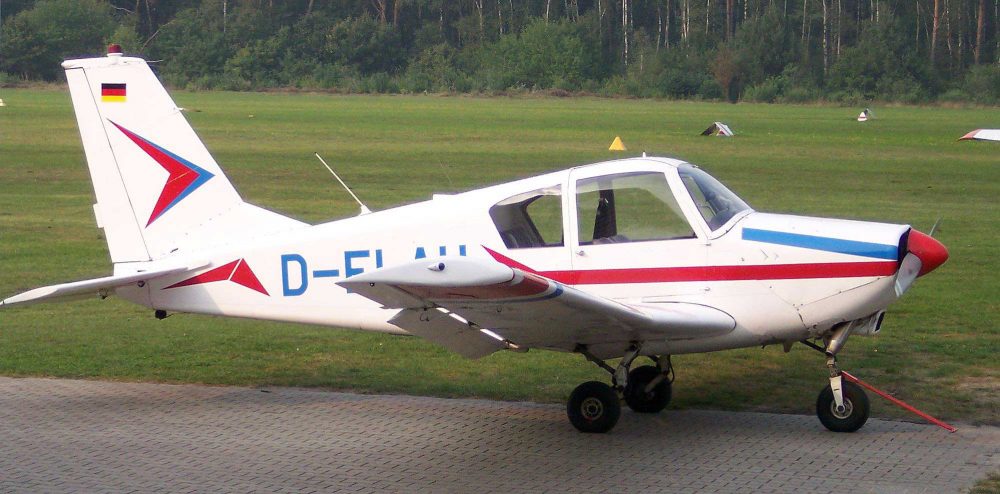The European Aviation Safety Agency (EASA) has reconsidered its policy on ‘orphan’ aircraft (where no manufacturer is accepting type responsibility). It has announced that in future any EASA aircraft with a Restricted CofA issued under an SAS (Specific Airworthiness Specification) rather than an active type certificate will be allowed to transition to an EASA Permit to Fly if the owner so chooses.
The change will affect aircraft like the Gardan Horizon, which the Light Aircraft Association has been championing, but also others such as the Beagle Pup. The list of affected types – all orphan types with minimal realistic product support – can be found here.
The Gardan Horizon is a French four-seat tourer with retractable undercarriage and built by Sud Aviation in the 1960s. 267 of the aircraft were made. [Photo Stahlkocher ]
The LAA’s role with these orphan aircraft would be to act as facilitator for the initial issue of the Permit to Fly. The LAA’s extensive network of inspectors would be able to carry out the necessary certifications for annual checks and for maintenance carried out throughout the year.
The EASA permitted aircraft would take their place amongst the existing fleet of more than 2,700 LAA aircraft. As paid-up members of the LAA, owners would have full access to the LAA’s Engineering services.
The only significant difference between the arrangements for an aircraft with a permanent EASA Permit to Fly as compared to those with a regular LAA Permit to Fly, is that modifications must be approved through EASA rather than through the LAA.
After transitioning to an EASA Permit, owners can of course continue to have their aircraft maintained by their existing maintenance organisation. The LAA’s Chief Inspector, Ken Craigie, welcomes applications from Licensed Aircraft Engineers (LAE) wishing to add an LAA inspector’s ticket to their credentials. They could then carry out the certifications needed under the LAA scheme. The LAA scheme is only available to G-registered aircraft and those that are genuinely UK-based.
Light Aircraft Association
EASA FAQ: How to move an orphan aircraft from a Restricted Certificate of Airworthiness (RCoA) to an EASA Permit to Fly












